From blunts to bowls, there are a few different ways to smoke cannabis, and one of the most favored vessels among seasoned consumers is the bong. But do you know how to make a bong in a bind?
Studies have shown that smoking with a bong seems to be healthier for your lungs, because of the cooling effect the water has on the smoke before it enters your body. They also come in all shapes and sizes, can be customized, and are just plain badass to own.
However, bongs can be somewhat expensive – especially if you’re opting for a really fancy one.
If you just broke your bong, are in the process of saving up for one, or just feel like learning a new skill, you’ve come to the right website. Let’s teach you how to make a bong in a bind, with very little money and a whole lot of imagination.
What Is A Bong?
Chances are if you’re an avid reader of The Bluntness, you’re already well aware what a bong is, but in order to craft one on your own, you must understand all of the mechanics behind the smoking method.
Most bongs or bubblers will come with four or five different elements you need to know about: the tube, the bowl, the downstem, the base, and the carb (the little hole on the side, mainly found in bubblers or regular pipes).
The tube, or the “neck” of your bong is the long part at the top where you inhale the smoke from, and the base is the bottom, wider area of the piece where the water goes.
The downstem is that thinner pipe connected to the bowl, which allows the smoke to travel down into the base’s water and up through the tube to your lungs.
Bong Versus Pipe: What Are The Benefits?
The mechanics of a bong can seem somewhat complicated, but the high it delivers you with couldn’t be more straightforward. But whether you prefer to smoke cannabis via bong or pipe, there are certainly a different set of benefits to each.
Ultimately, it all comes down to what kind of consumer you are. If you are a seasoned connoisseur with a relatively high tolerance, there are a few benefits in choosing a bong over a pipe:
- Smoking out of a bong allows you to medicate quicker. Again, if you’re a seasoned cannabis consumer, chances are your tolerance is pretty high, and anyone with a high cannabis tolerance is well aware how difficult it can be to feel the plant’s effects.
Rather than having to pack bowl after bowl in your pipe just to feel something, you may want to give a bong a try. The bong water cools down the smoke, which allows you to take a bigger, fuller hit without coughing.
- Utilizing bongs allows you to use less weed. This is pretty straightforward: if ripping a bong gets you higher from one hit than the same hit from a pipe would, then you’ll likely need less hits overall to get to that same elevated headspace.
This is ideal for anyone on a tight budget, or just anyone who prefers to use as little weed as possible to experience its effects.
- Bongs are known for being less harsh on your lungs than pipes or joints. Since bongs utilize water, which cools down the smoke before it reaches your lungs, this method of smoking is notably less harsh and harmful to your body.
Of course, any form of smoking isn’t exactly ideal for the lungs, but cannabis consumers who use bongs tend to feel less of these effects – especially if you fill your bong with ice.
You should also make sure to clean your pieces regularly to ensure you aren’t inhaling resin. Resin bowls might have been the cool thing to do when you were 15, but they’re definitely not a good idea, ever.
- Bongs have a better filtration system than pipes. This goes hand in hand with keeping your pieces as clean as possible, but bongs generally tend to have a better filtration system than other pieces.
Carcinogens are produced anytime something is lit on fire, and unfortunately even a bong can’t completely eliminate this risk, but it definitely offers you more protection than smoking out of a dry pipe.
The bong’s water filters out a significant amount of harmful compounds that would otherwise go straight to your lungs. You’re also unlikely to accidentally inhale a large chunk of ash, which has likely happened to you at least once or twice when smoking out of a pipe.
How To Make A Bong At Home
If you smoked weed in high school, chances are you and your friends were forced to fashion a pipe out of an apple or water bottle at some point, and if you didn’t, now’s your chance to complete an important rite of passage for everyone cannabis consumer.
You never know when you’re going to need to get creative with cannabis, and knowing how to make a bong with random materials is a life skill you’ll never not appreciate having.
Luckily, there are a few different approaches to take, depending on what you have available to use. Here are some of the most popular and effective ways to fashion a DIY bong in a bind:
Water Bottle Bong
The number one most tried and true method if you need to know how to make a bong, is the water bottle. It’s super cheap and easy to make with materials you almost certainly already have at home, and surprisingly effective.
To make this bong, you’ll need:
- 1 plastic water bottle
- Water
- Pair of scissors (or other sharp object to jab a hole in your bottle)
- Pen/marker
- Aluminum foil
Once you have all of these items ready to go, the first thing you’re going to do is fill up your water bottle about ¼ of the way with water. Then, use the scissors to poke a small hole just below the neck of the bottle for the carb.
Next, add another small hole slightly above the waterline in your water bottle. This is where your downstem will sit, so try and get the hole about the same size as the pen or marker you’re planning to use.
First, get rid of the inner parts of the pen/marker, leaving you with a hollow tube. Take a piece of aluminum foil and cover one of the sides of the tube, pressing softly in the center to create that bowl-like shape – just be careful not to break the foil.
Make sure all of your parts are in the right place – especially that downstem – and you’re ready to spark up!
Mason Jar Bong
A mason jar bong is a bit more complicated to make, but worth it if you’re trying to create a bong that will really last. Here are the materials you’ll need to make an effective bong out of a mason jar:
- Mason jar
- Sharp knife (or something else strong enough to cut a hole in your mason jar’s lid
- Two pens/markers/something else to fashion into a tube
- Metal bottle cap
The hardest part here is finding something sharp enough to cut holes through that mason jar lid and the metal bottle cap, but if you can master that, you’ll be in a great position.
The first thing you’re going to do is cut three holes in the mason jar lid – two of them equally sized, and the third one slightly smaller to act as the carb. Then, fill the mason jar about ¼ of the way with water.
Once that’s done, grab your hollowed out pens/markers or whatever else you’re using as tubes and stick them into the jar through the two bigger holes. One of the tubes needs to be long enough to be submerged in water, as it will act as the downstem.
Finally, it’s time to fashion your bowl. Take the metal bottle cap, cut a few small holes in it, and attach it to your downstem tube. Voila!
Gravity Bong
The gravity bong is for the heaviest of hitters, so be prepared to be the highest you’ve ever been in your life if you’re not a super avid smoker. This one will take up the most space, but will also get you the most bang for your buck by far.
Here are the materials you’ll need to craft an effective gravity bong:
- Plastic bottle (with the bottom cut out)
- A needle or toothpick
- Aluminum foil
- Larger container than the water bottle (like a gallon milk jug container, a large bucket, etc. The bigger the container, the more faded you’re going to get.)
First, take the bottomless plastic water bottle, lose the cap, and cover its mouth with aluminum foil. Then, use the needle or toothpick to poke a bunch of small holes in the foil.
Next, take that larger container, fill it with water, and sink half of your bottle into the water, leaving the aluminum foil part out. Pack your bowl on the foil and light it up, slowly bringing the water bottle higher without taking it out of the water completely.
Then, remove the foil and quickly put your mouth to the bottle, inhaling the smoke in the bottle as you slowly push it back down into the water. You might want to make sure you’re sitting down for this hit.
Need a little more Bluntness in your life? Subscribe for our newsletter to stay in the loop.
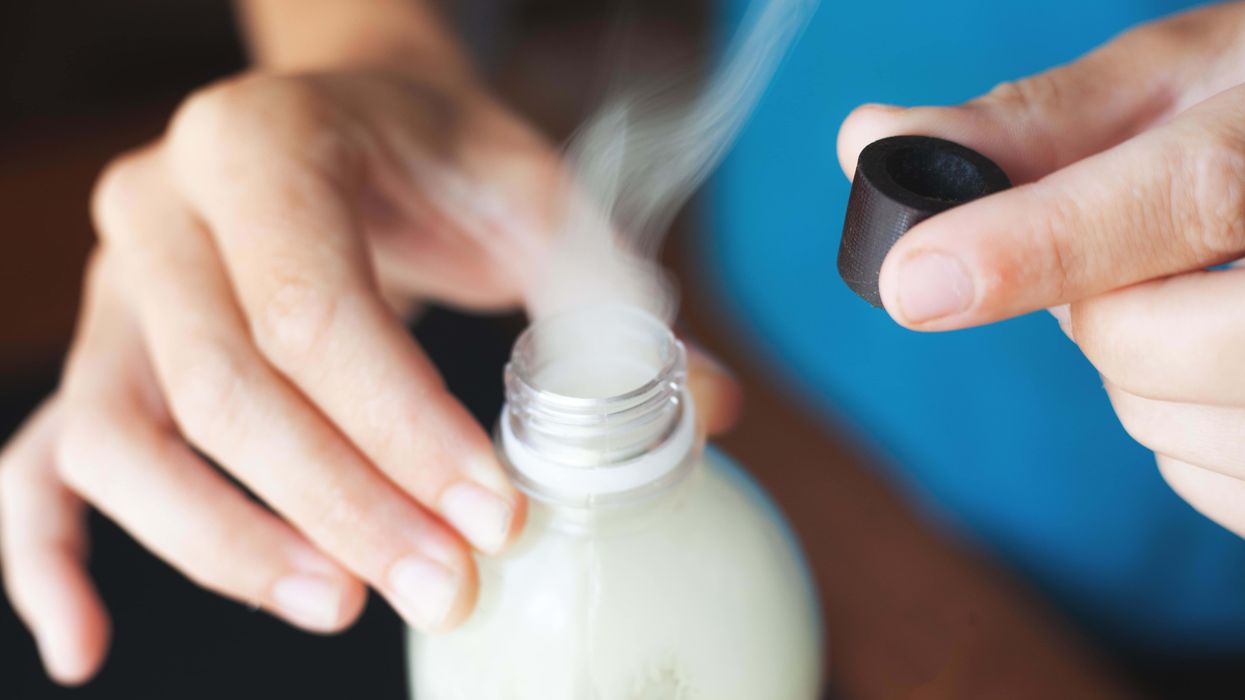


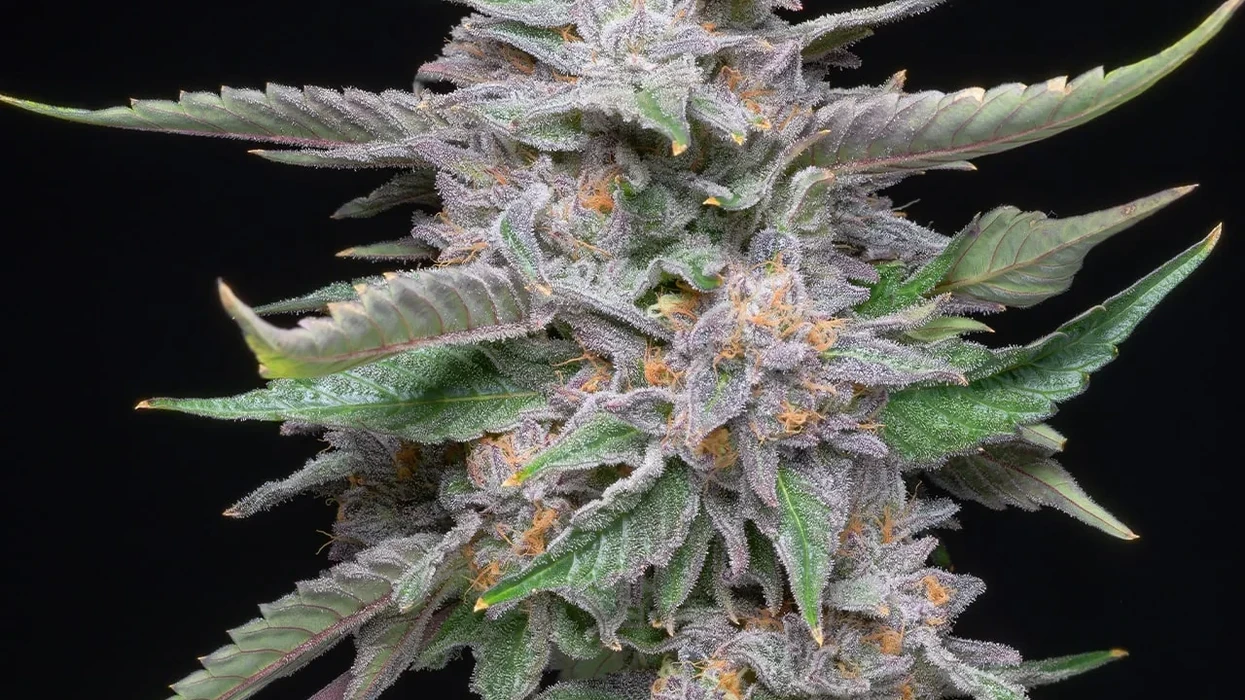
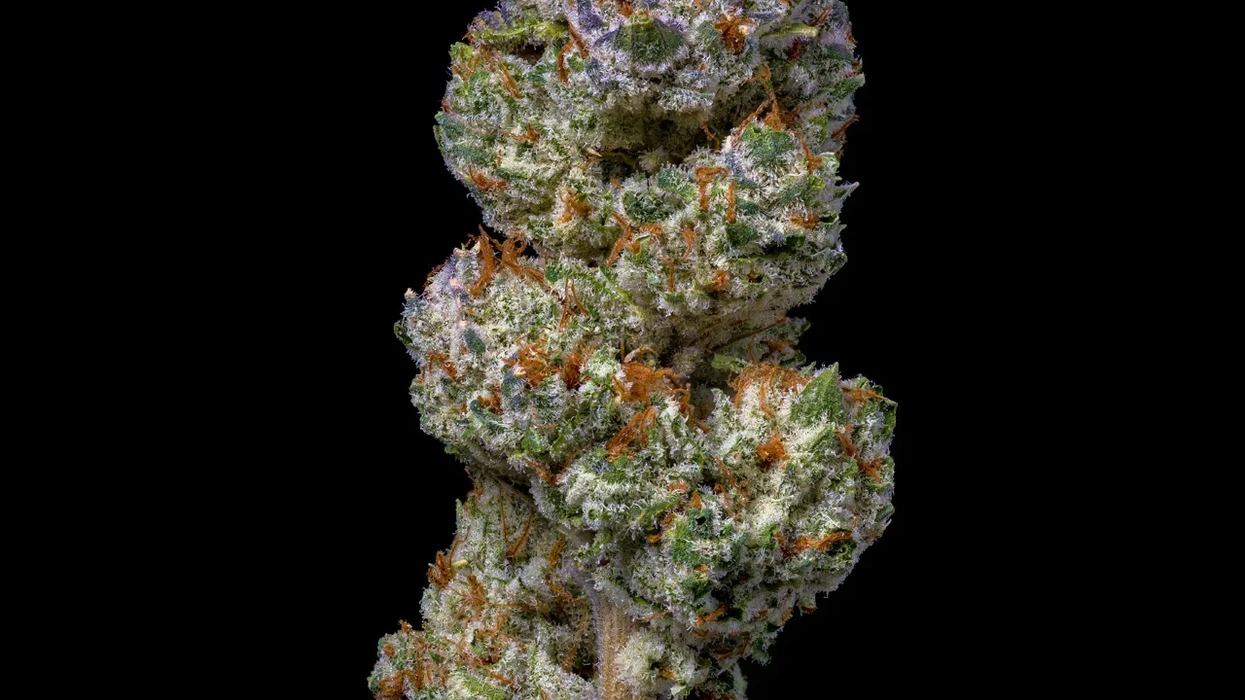
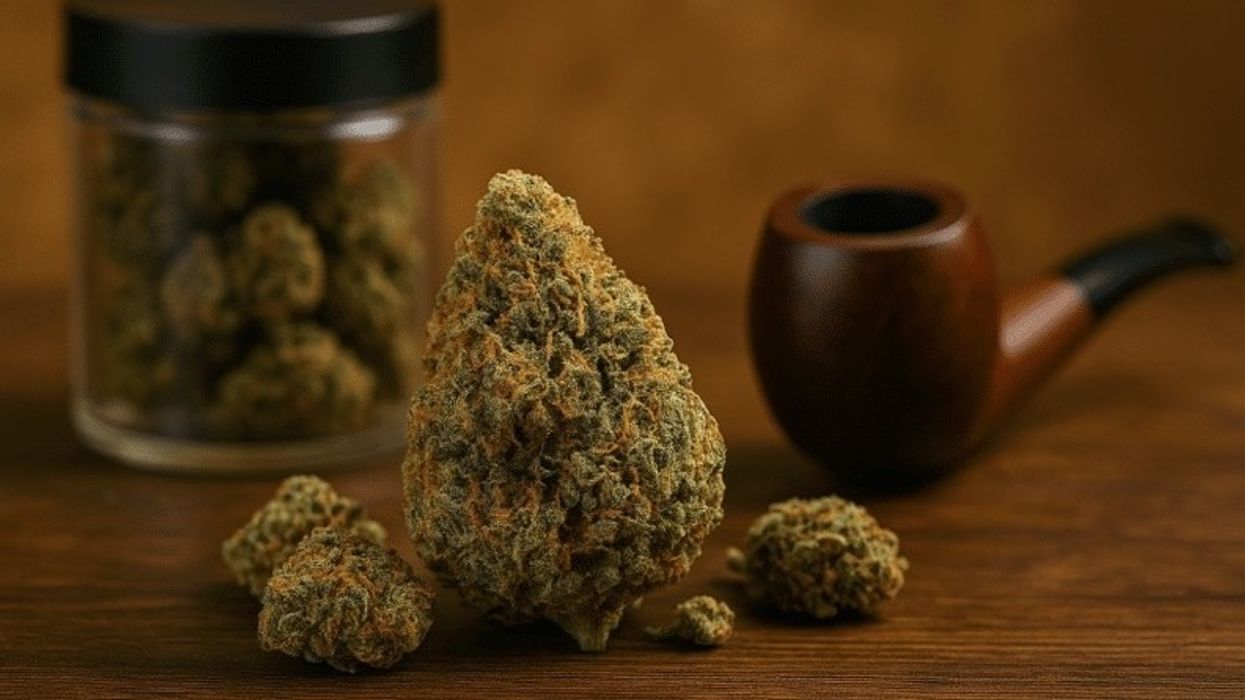

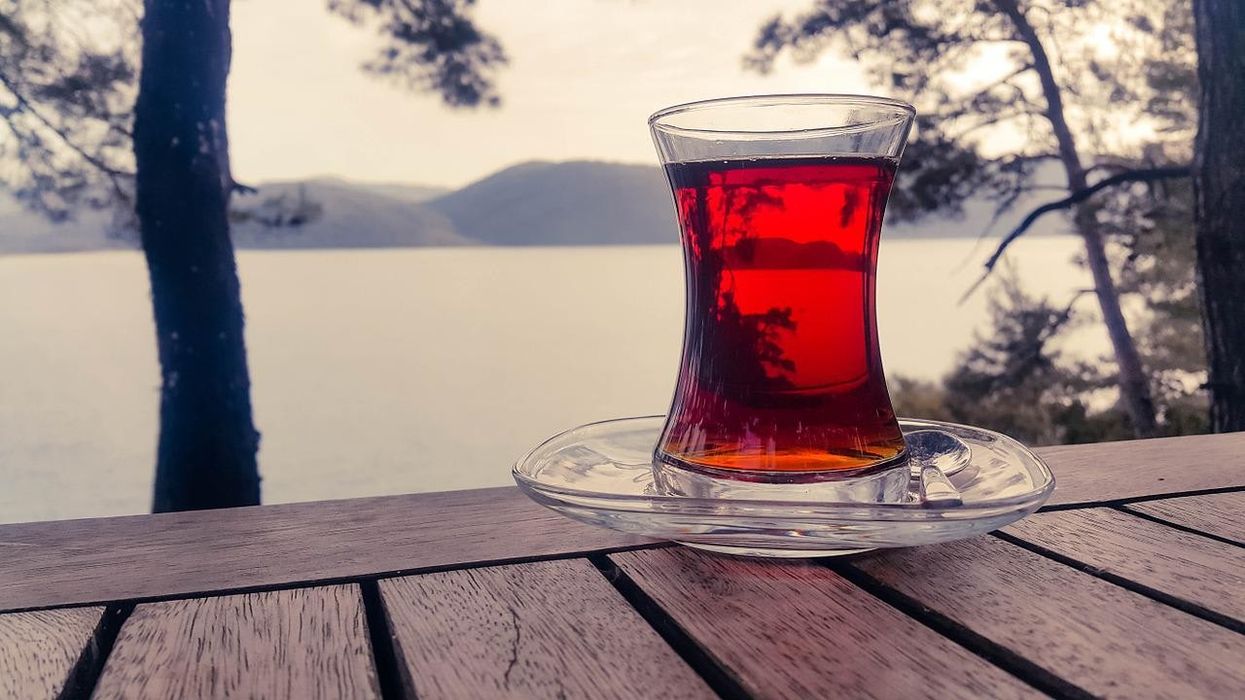

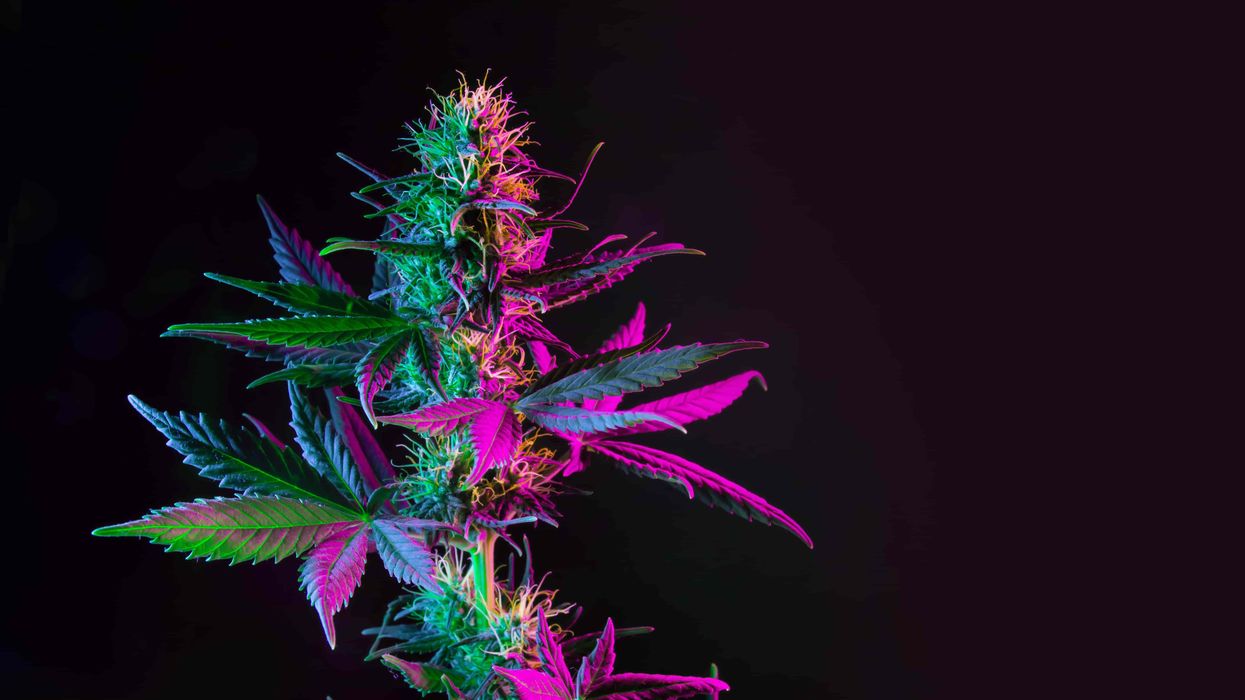
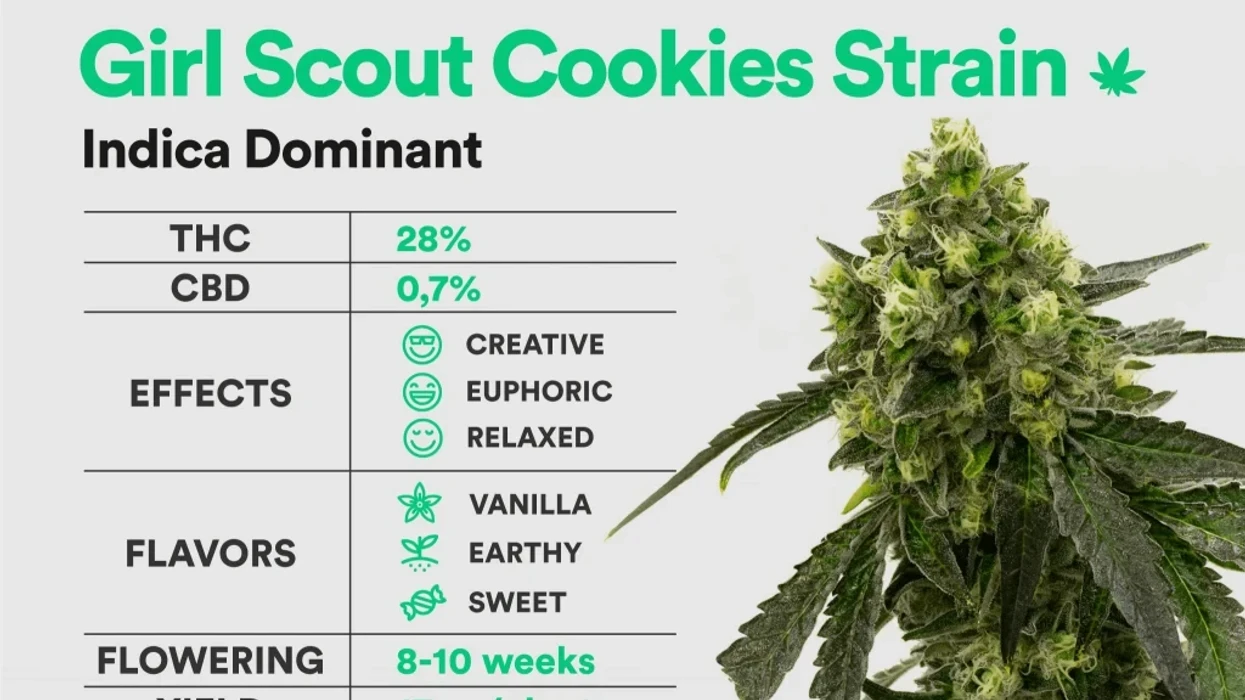

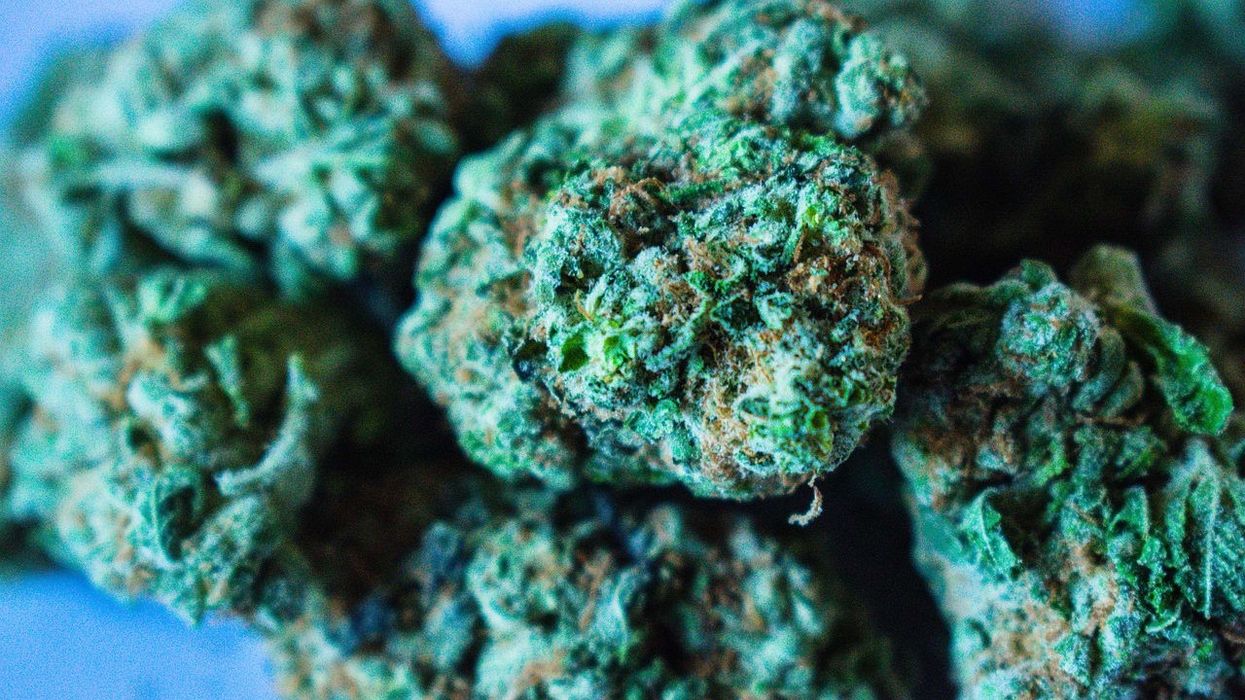
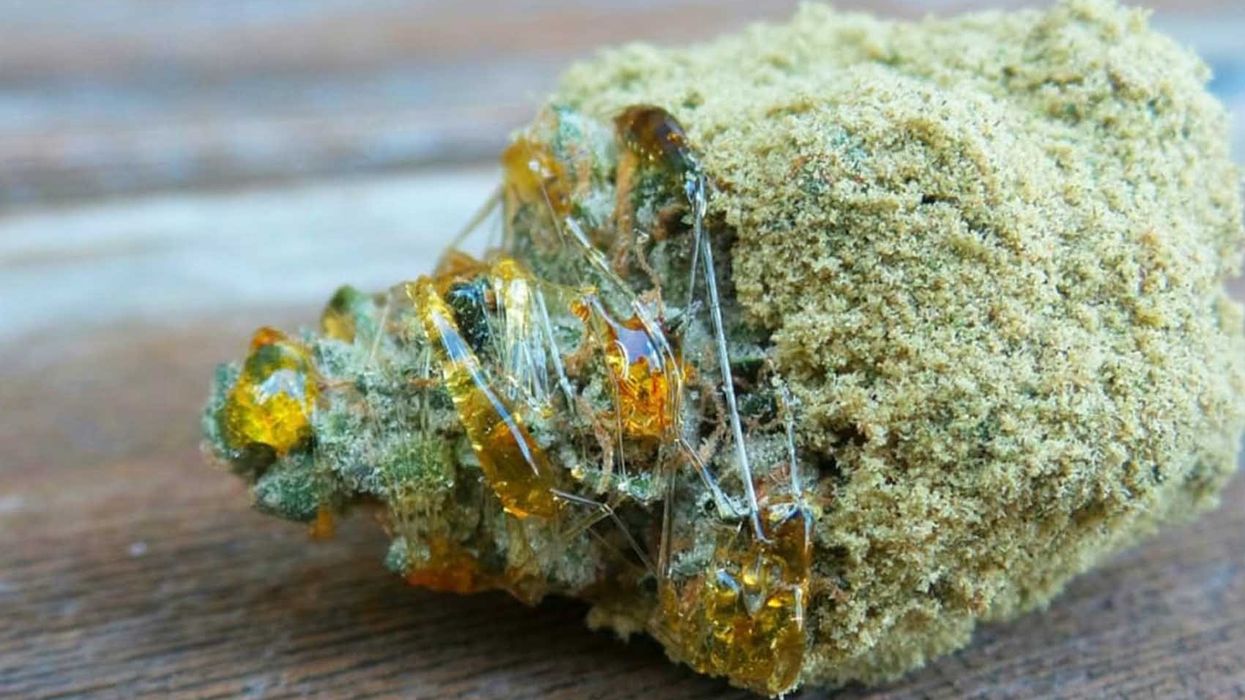
 What is Moon Rock Weed? - The Bluntness
null
What is Moon Rock Weed? - The Bluntness
null
 What is Moon Rocks Weed? - The Bluntness
What is Moon Rocks Weed? - The Bluntness What Are Moon Rocks?
What Are Moon Rocks?
 YouGov survey results - alcohol vs. marijuana
YouGov survey results - alcohol vs. marijuana 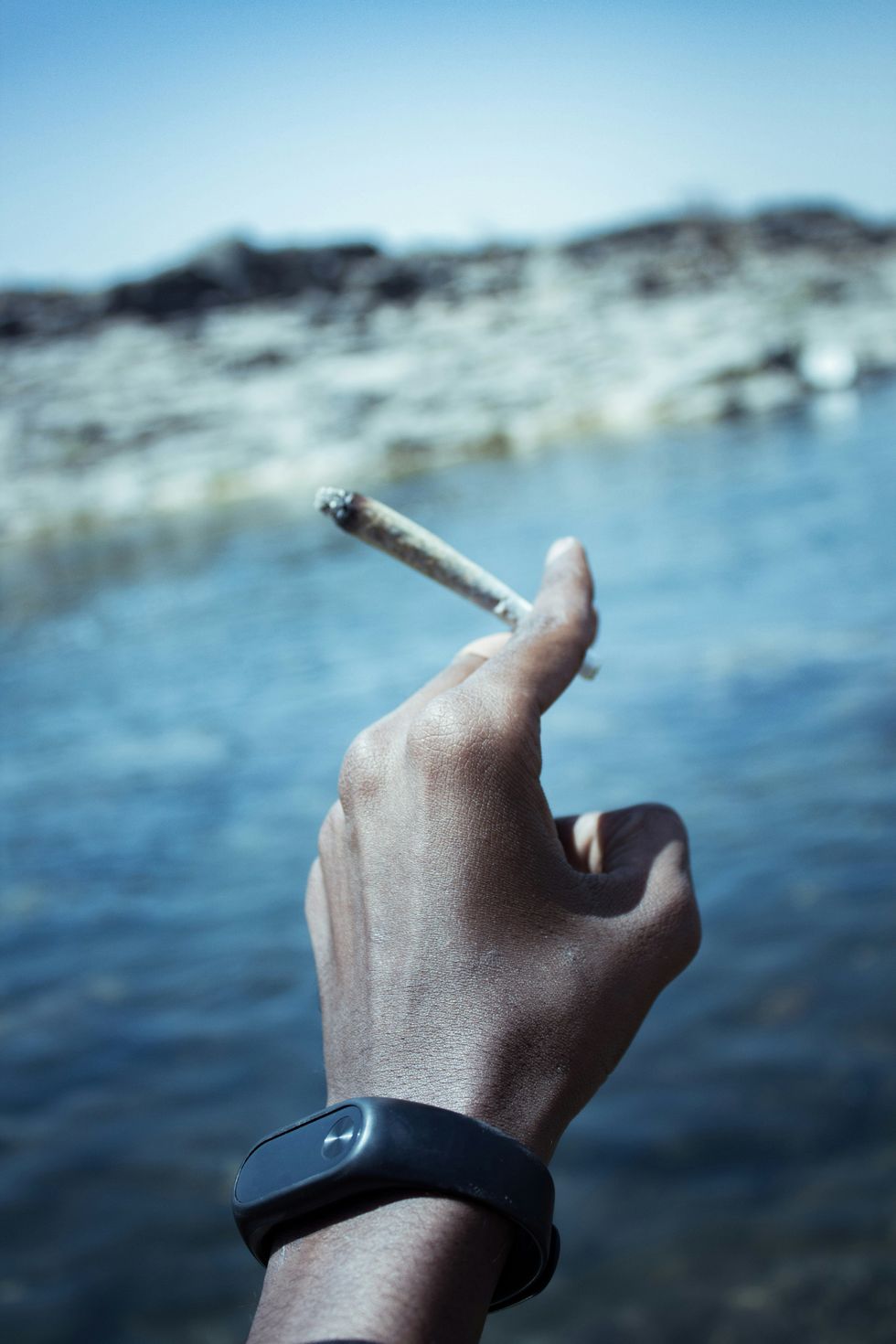 Weed’s Image Glow-Up Is Real
Photo by
Weed’s Image Glow-Up Is Real
Photo by 
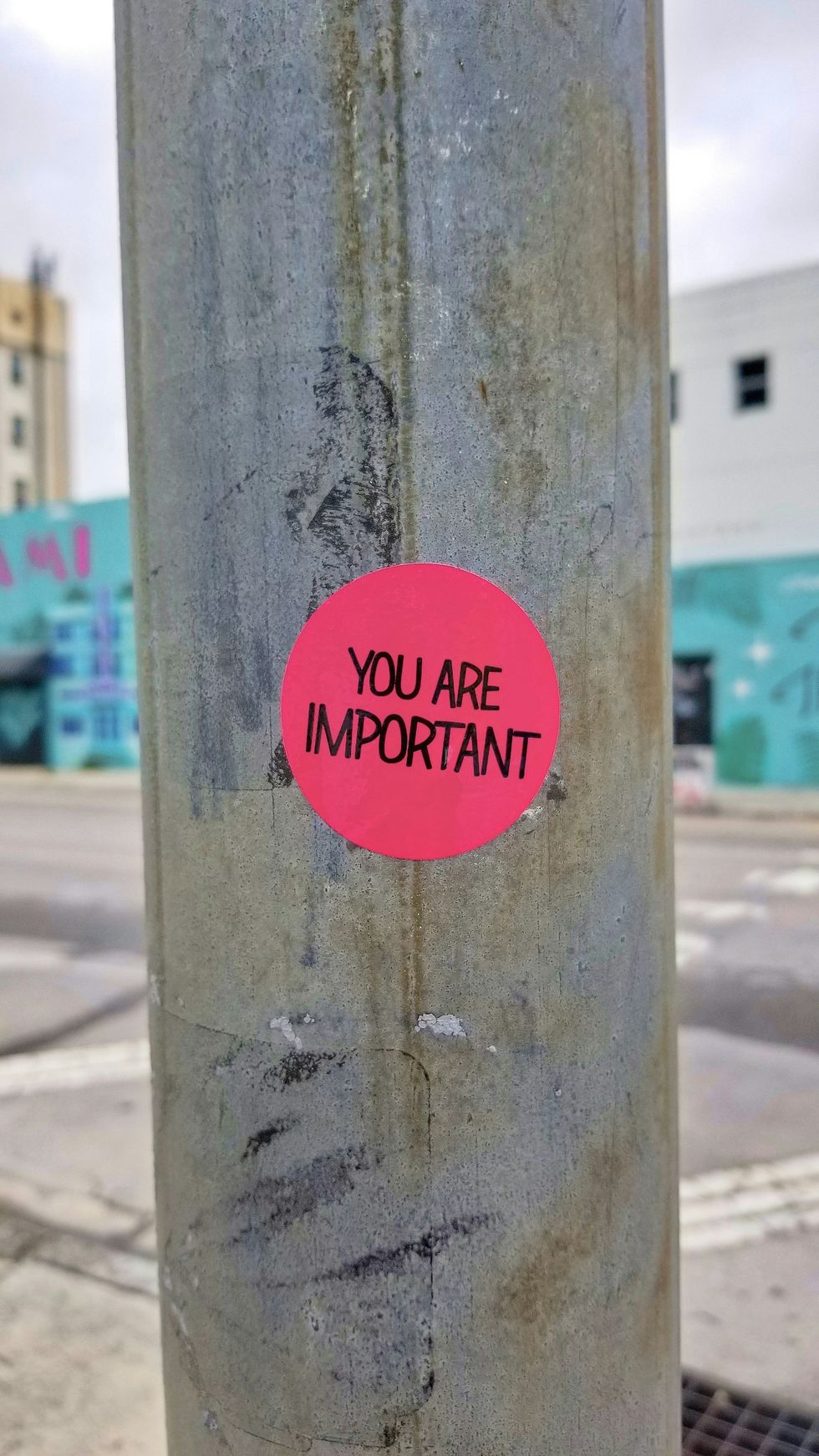 The Psychology of Praise vs. Criticism: A Study in Emotional Intelligence
Photo by
The Psychology of Praise vs. Criticism: A Study in Emotional Intelligence
Photo by 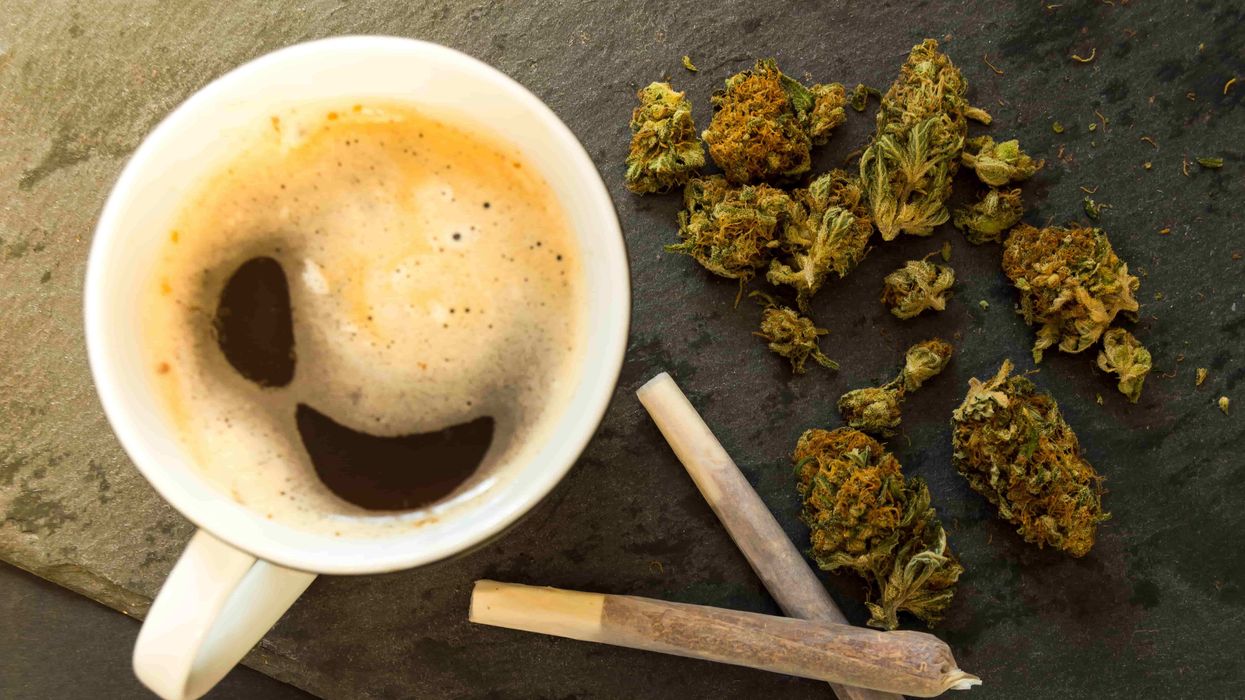
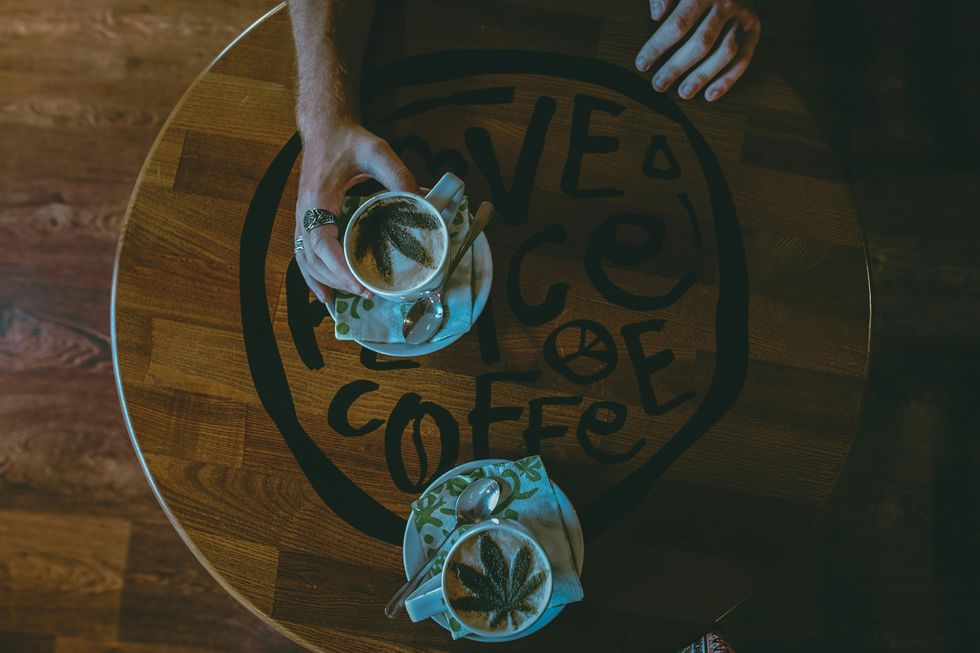 Coffee & Weed: A Modern Spin on the Hippie Speedball - The Bluntness
Photo by
Coffee & Weed: A Modern Spin on the Hippie Speedball - The Bluntness
Photo by 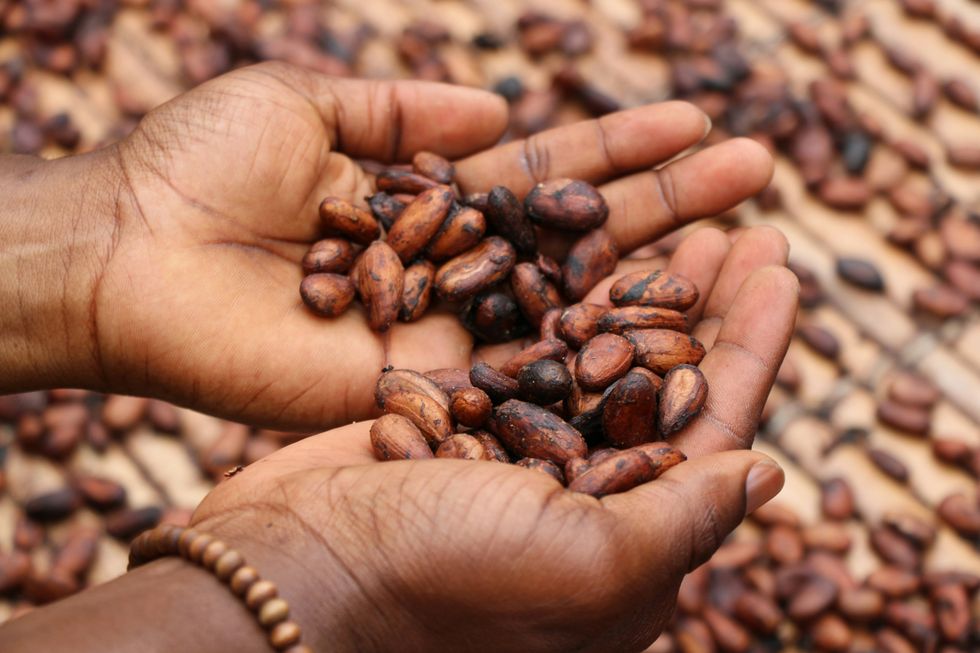 Coffee & Weed: A Modern Spin on the Hippie Speedball - The Bluntness
Photo by
Coffee & Weed: A Modern Spin on the Hippie Speedball - The Bluntness
Photo by 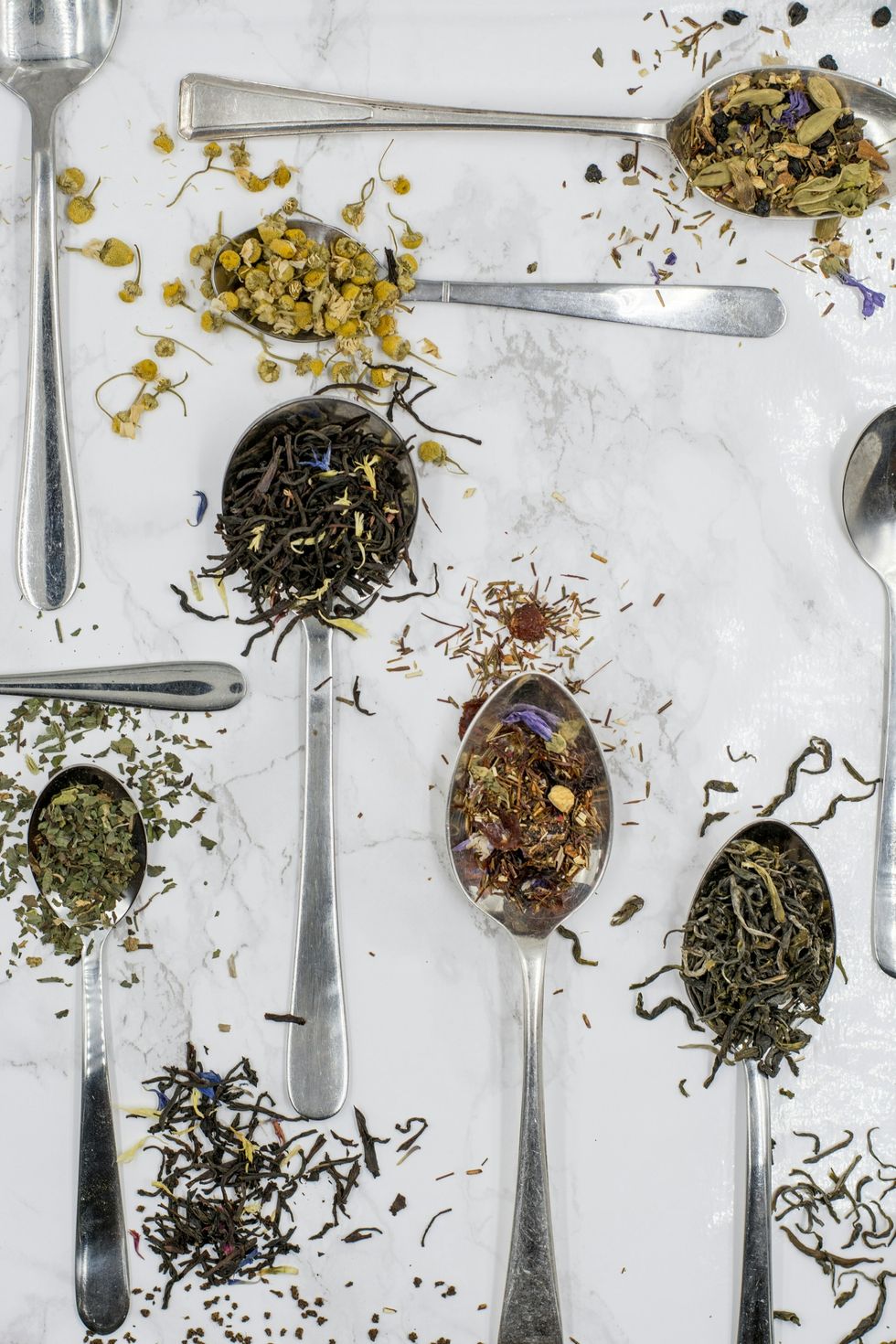 Coffee & Weed: A Modern Spin on the Hippie Speedball - The Bluntness
Photo by
Coffee & Weed: A Modern Spin on the Hippie Speedball - The Bluntness
Photo by